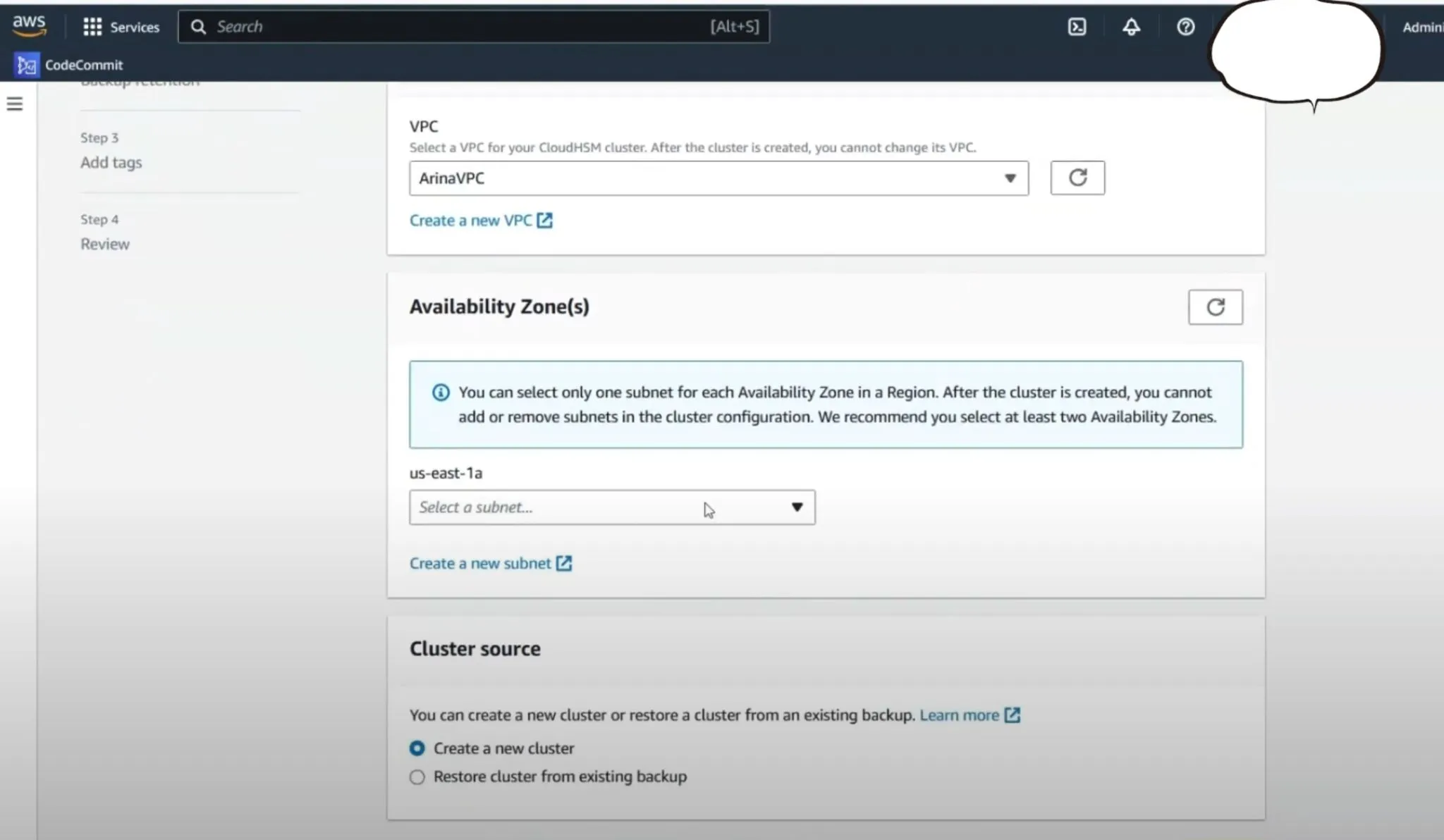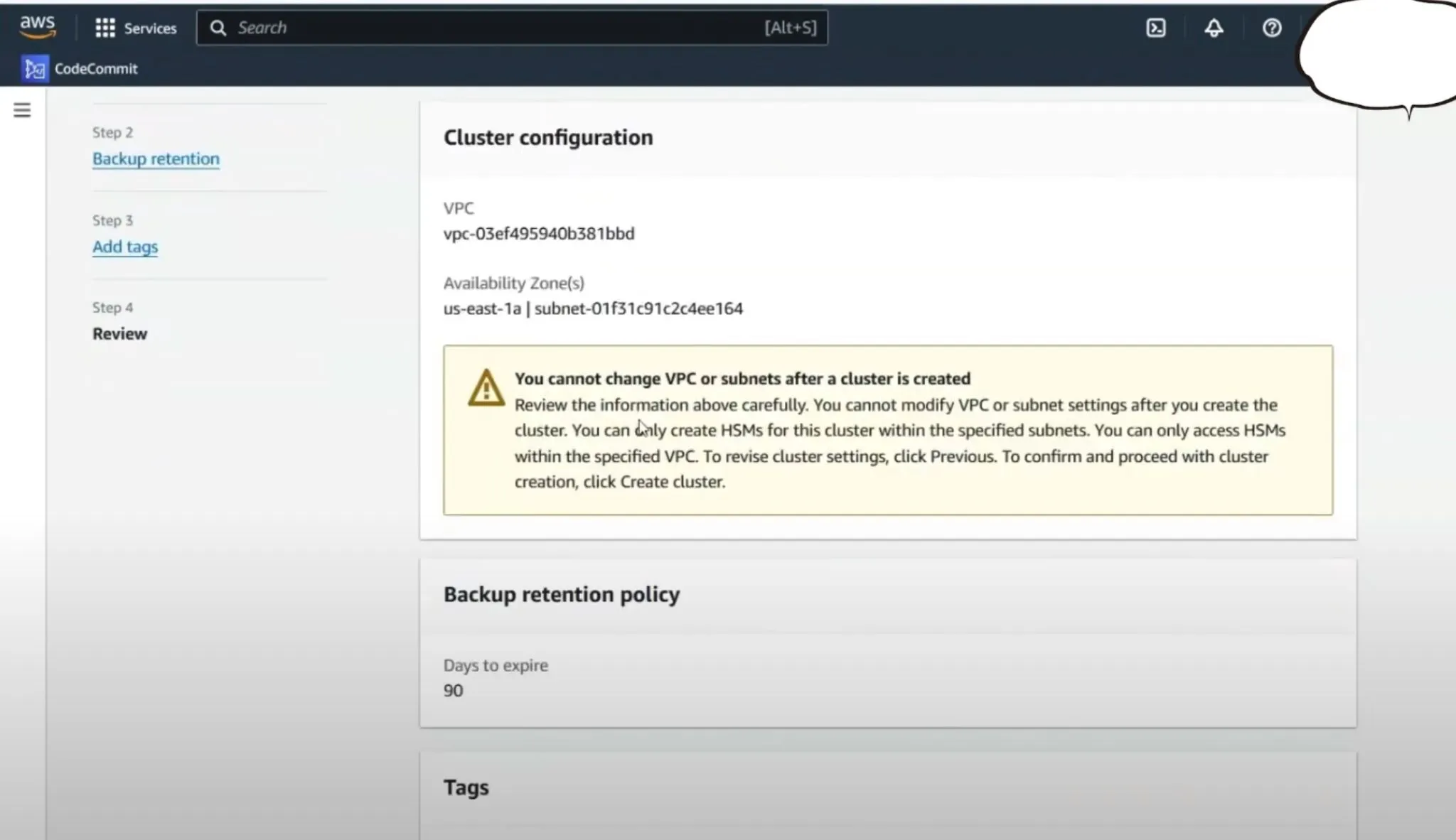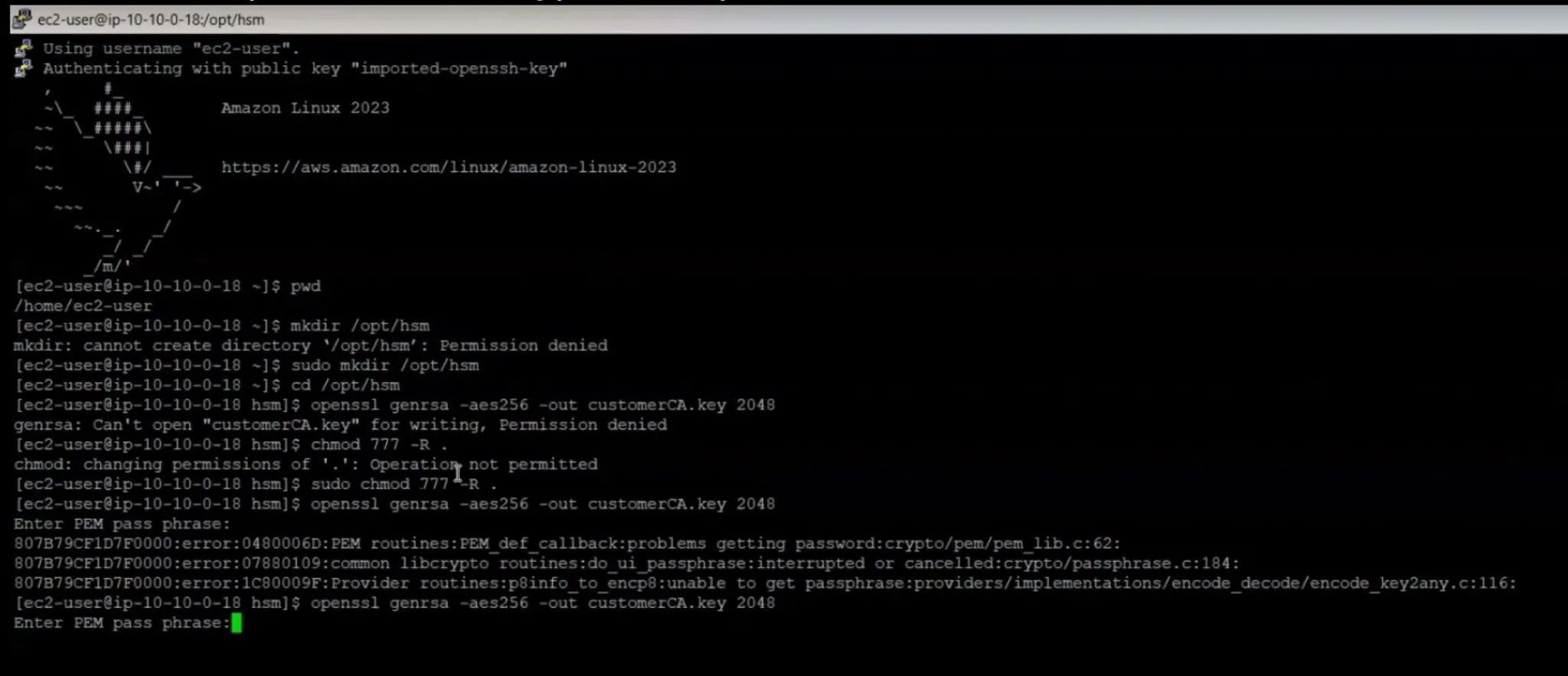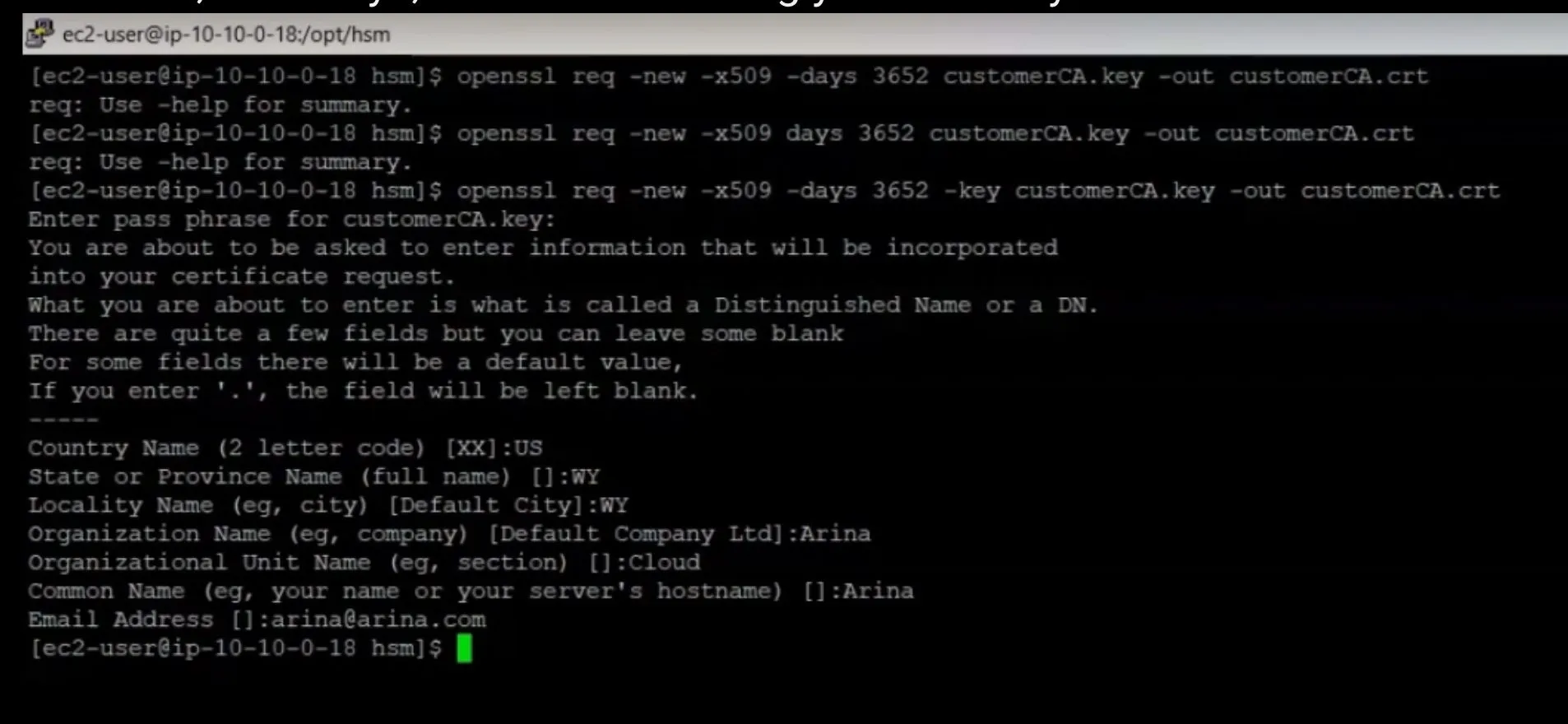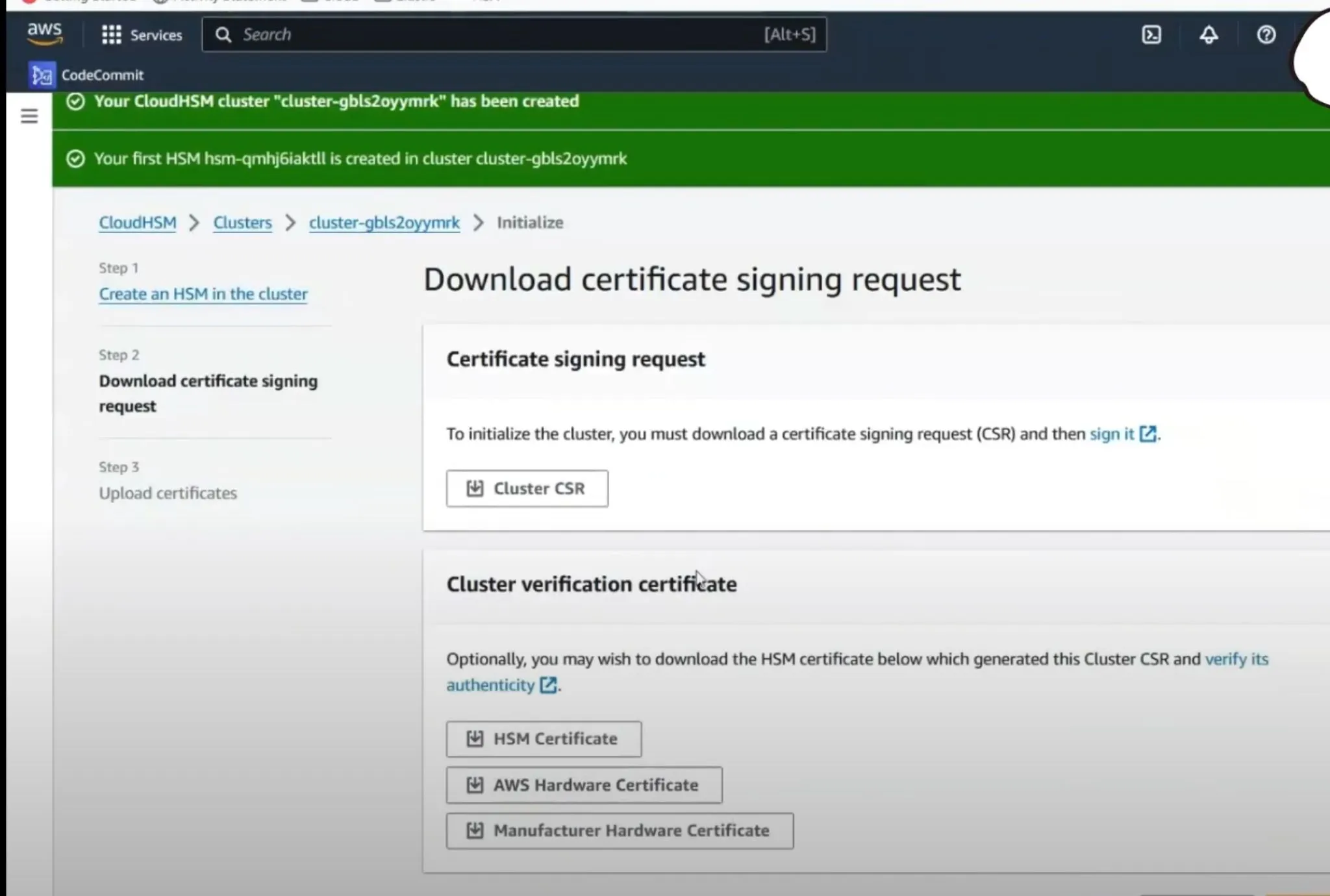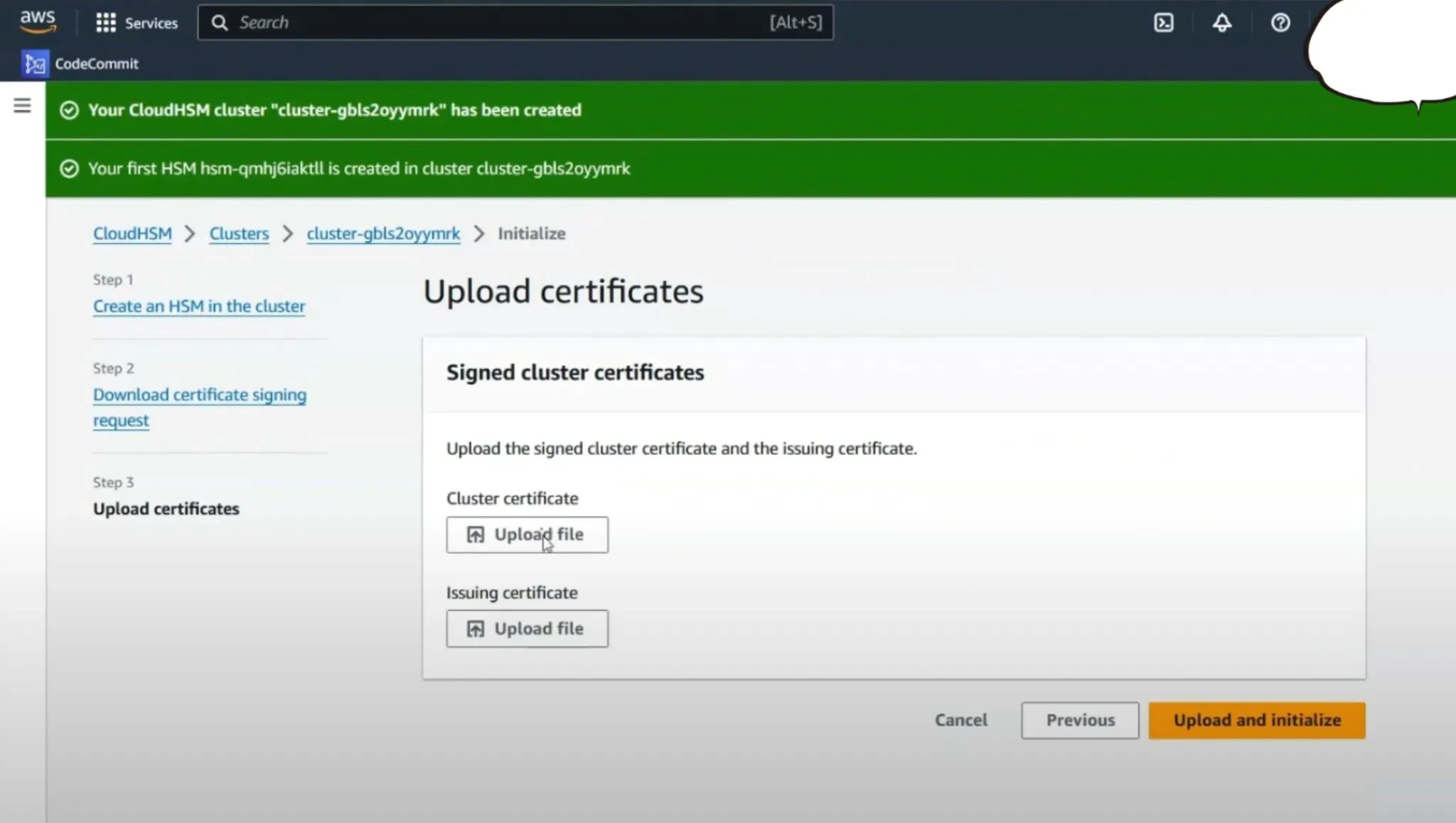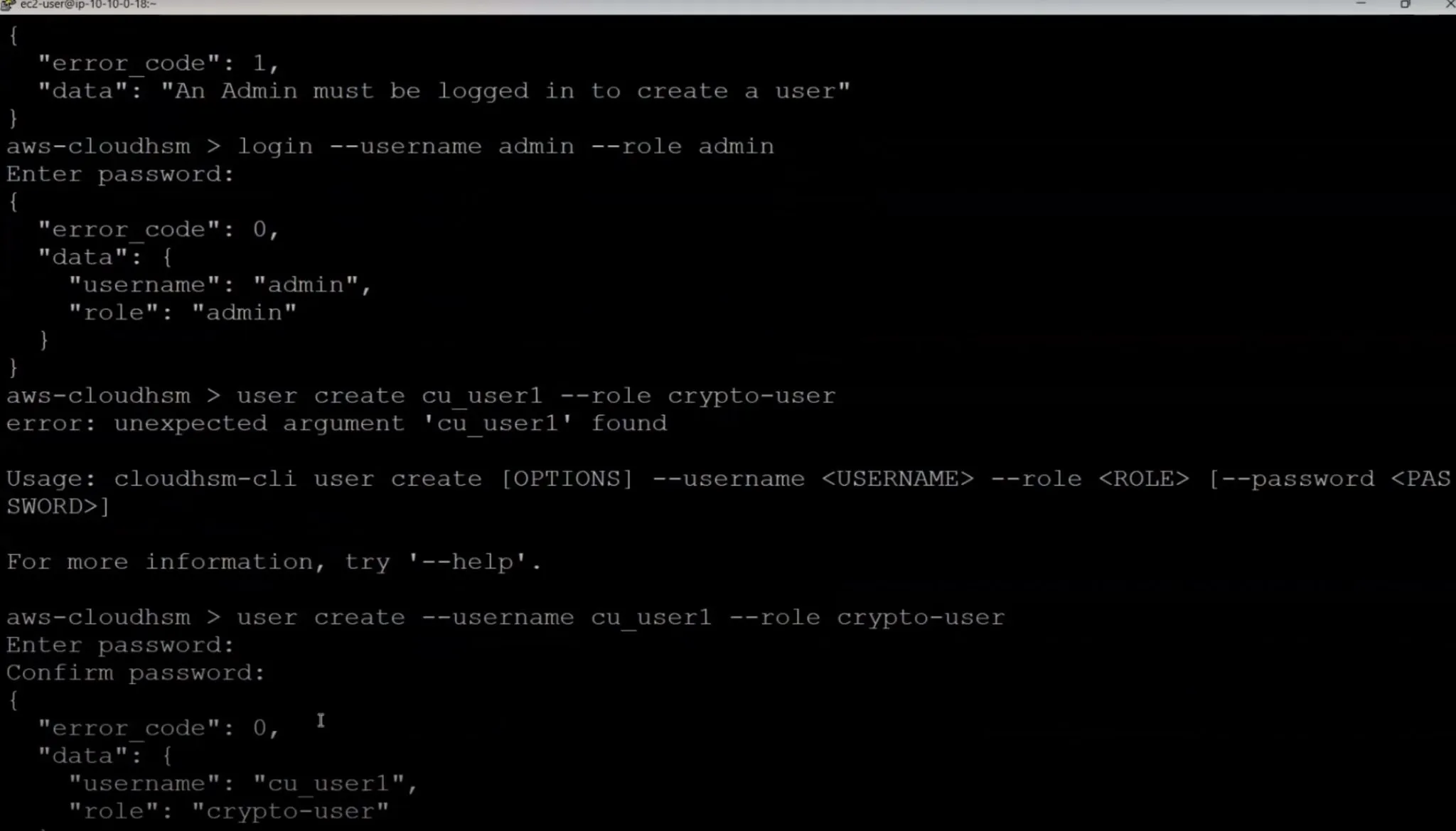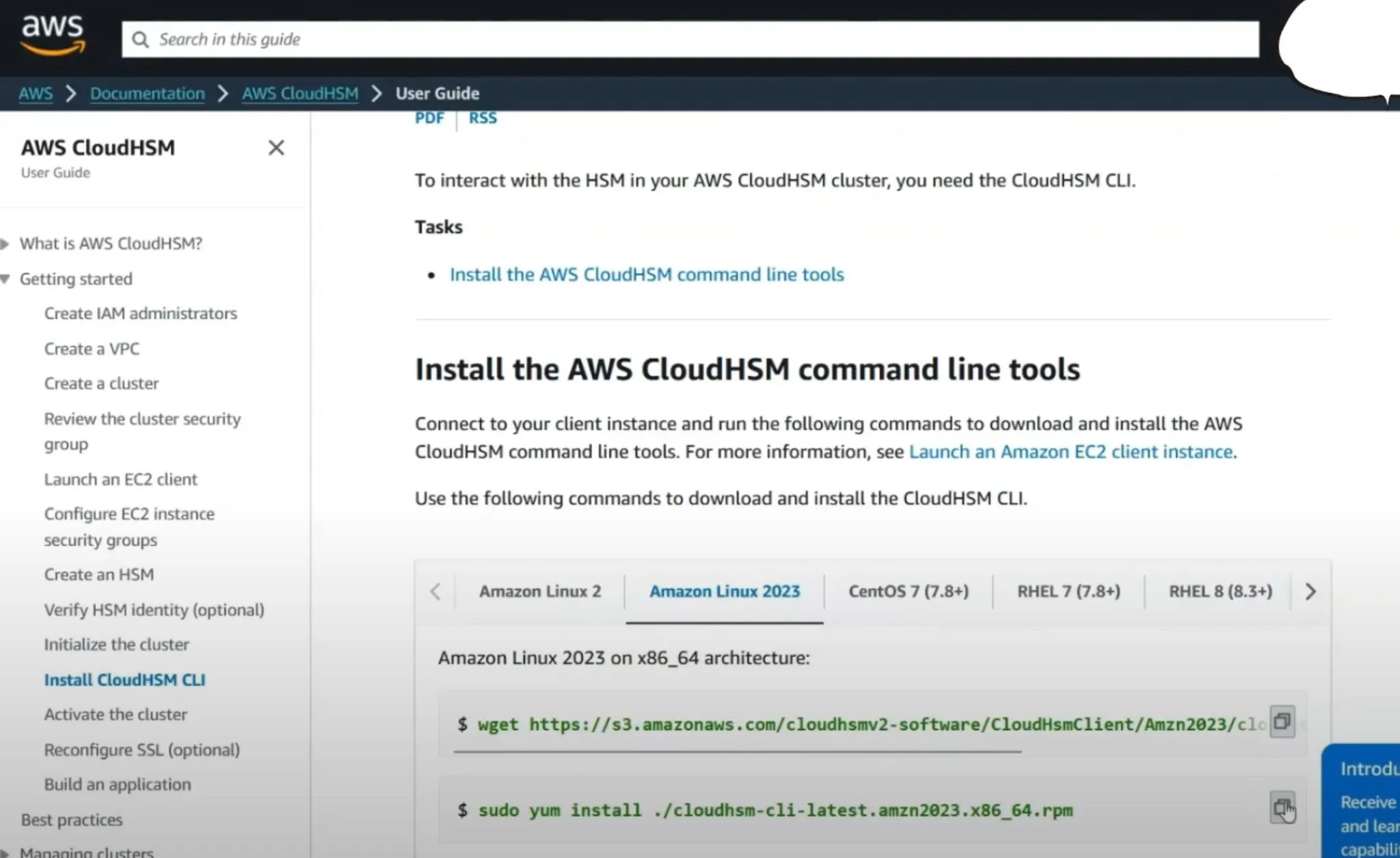In the realm of Azure, messaging services play a critical role in facilitating communication and data flow between different applications and services. With Azure's Service Bus, Event Hub, and Event Grid, developers have powerful tools at their disposal to implement robust, scalable, and efficient messaging solutions. But understanding the differences, use cases, and how to leverage each service optimally can be a challenge. This blog aims to demystify these services, providing clarity and guidance on when and how to use them.
Adapting to change is not about holding onto a single solution but exploring a spectrum of possibilities. Azure Messaging services—Service Bus, Event Hub, and Event Grid—embody this principle by offering diverse paths for seamless communication and data flow within cloud architectures.
Before diving into the specific Azure messaging services, it's essential to differentiate between two key concepts: events and messages.
Events
Events signify a state change or a condition met, alerting the system that something has happened. They are lightweight and only provide information that an action has occurred, leaving it to the recipient to determine the response. Events can be singular or part of a sequence, providing insights without carrying the original data payload.
Messages
Messages, on the other hand, contain data intended for processing or storage elsewhere. They imply an agreement on how the data will be handled by the recipient, ensuring that the message is processed as expected and acknowledged upon completion.
Azure Messaging Services Overview
Azure Service Bus
Azure Service Bus is a fully managed enterprise messaging service offering advanced features like transaction support, message sequencing, and duplicate detection. It's ideal for complex applications requiring secure, reliable communication between components or with external systems.
Key Features
1.Trustworthy asynchronous messaging services that rely on active polling.
2.Sophisticated messaging functionalities including:
• First-in, first-out (FIFO) organization
• Session batching
• Transaction support
• Handling of undeliverable messages through dead-lettering
• Scheduled delivery
• Message routing and filtering
• Avoidance of message duplication
3.Guaranteed delivery of each message at least once.
4.Provides choice to enforce message ordering.
Azure Event Hub
Designed for big data scenarios, Azure Event Hub excels in ingesting and processing large volumes of events in real time. It's a high-throughput service capable of handling millions of events per second, making it suitable for telemetry and event streaming applications.
Key Features
- Ultra-low-low latency for rapid data handling.
- The capacity to absorb and process an immense number of events each second.
- Guarantee of delivering each event at least once.
Azure Event Grid
Azure Event Grid is a fully managed event routing service that enables event-driven, reactive programming. It uses a publish-subscribe model to filter, route, and deliver events efficiently, from Azure services as well as external sources.
Choosing the Right Service
| Feature | Service Bus | Event Hub | Event Grid |
|---|
| Messaging Patterns | Queues,Topics,Subscriptions | Event Streams | Reactive Programming |
|---|
| Protocols Supported | AMQP 1.0, HTTP/HTTPS, SBMP | AMQP 1.0, HTTP/HTTPS | HTTP/HTTPS |
|---|
| Specifications Supported | JMS, WS/SOAP, REST API | Kafka, Capture, REST API | CloudEvents |
|---|
| Cost | Can get expensive with Premium and Dedicated tiers | Can get expensive with Premium and Dedicated tiers | Cheapest |
|---|
| Service Tiers | Basic, Standard, Premium | Basic, Standard, Premium, Dedicated | Basic, Standard |
|---|
| Ideal Use Case | Enterprise Messaging, Ordered Delivery | Big Data, Telemetry Ingestion | React to resource status changes |
|---|
| Throughput | Lower than Event Hub | Designed for High Throughput | Dynamically Scales Based on Events |
|---|
| Ordering | Supports FIFO | Limited to Partition | Event Ordering Not Guaranteed |
|---|
| Delivery Guarantee | At Least Once | At Least Once | At Least Once, with Retry Policies |
|---|
| Latency | Milliseconds | Low, Milliseconds | Very Low, Sub-Second |
|---|
| Maximum Message Size | Service Bus messaging services (queues and topics/subscriptions) allow application to send messages of size up to 256 KB (standard tier) or 100 MB (premium tier). | 256 KB - Basic 1 MB - Standard | MQTT limits in Event Grid namespace - 512 KB |
|---|
| Retention |
Premium tier - 90 days, Basic tier - 14 days |
Standard tier - 7 days, Premium and dedicated tier - 90 days |
Minimum value is 1 minute, Maximum value is topic's retention Default value
is 7 days or topic retention |
|---|
Architecture Pattern Showing Service Bus, Event Hub and Event Grid
Following architecture diagram shows a sample architecture pattern where all 3 Azure services are used:

This architecture diagram illustrates the seamless integration of on-premises datacenter applications with Azure services to enhance data processing and analytics capabilities. The workflow initiates from an on-premises datacenter, where application data is generated and needs to be processed in the cloud for advanced analytics.
On-Prem Datacenter:
The starting point of the data flow, representing the on-premises infrastructure where application data is generated. This might include servers, databases, or other data sources within a company's internal network.
VPN Connection:
A secure and encrypted Virtual Private Network (VPN) connection is established between the on-premises datacenter and Azure. This VPN ensures that data transferred to the cloud is done so securely, maintaining the integrity and confidentiality of sensitive information.
VNET (Virtual Network):
Upon reaching Azure, data enters the VNET, a fundamental building block providing isolation and segmentation within the Azure cloud. The VNET serves as the backbone of the cloud infrastructure, ensuring that different components within the architecture can communicate securely.
Publish to Service Bus:
Data is then published to Azure Service Bus, a messaging service that enables disconnected communication among applications and services. Service Bus supports complex messaging patterns and ensures that data is reliably transferred between different components of the architecture.
Function App for Processing:
Azure Functions, a serverless compute service, is utilized to process the incoming data. These functions can transform, aggregate, or perform other operations on the data before persisting it to storage or forwarding it for further analysis.
Blob Storage:
The processed data is then stored in Azure Blob Storage, providing a scalable and secure place to maintain large volumes of unstructured data. Blob Storage supports a wide range of data types, from text and images to application logs and data backups.
Event Grid Consumption:
Azure Event Grid, an event-driven service, detects when new objects are put into Blob Storage. It triggers subsequent processes or workflows, ensuring that data changes result in immediate and responsive actions across the architecture.
EventHub for Real-time Analytics:
For real-time analytics, the architecture incorporates Azure Event Hub, capable of handling massive streams of data in real-time. Event Hub is ideal for scenarios requiring rapid data ingestion and processing, such as telemetry, live dashboards, or time-sensitive analytics.
Log Analytics Workspace:
Finally, Azure Log Analytics Workspace is used for monitoring, analyzing, and visualizing the data and operations within the architecture. It provides insights into the performance and health of the services, helping to detect anomalies, understand trends, and make informed decisions based on the processed data.
Conclusion
Azure Service Bus, Event Hub, and Event Grid offer a range of capabilities for implementing messaging and event-driven architectures in Azure. By understanding the features, use cases, and configuration options of each service, developers can choose the right tool for their application needs, ensuring efficient and scalable communication between services and components.

